THE DEPARTMENT OF NATURAL SCIENCES.
HEAD OF DEPARTMENT
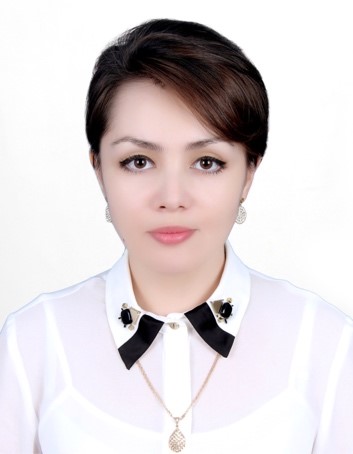 |
Gandjaeva Lola Atanazarovna Doctor of Biological Sciences, Senior Scientific Researcher Phone: +998 97 511 55 11 E-mail: tulipa_83@mail.ru Reception days: Tuesday - 10:00 - 12:00 |
DEPARTMENT EMPLOYEES
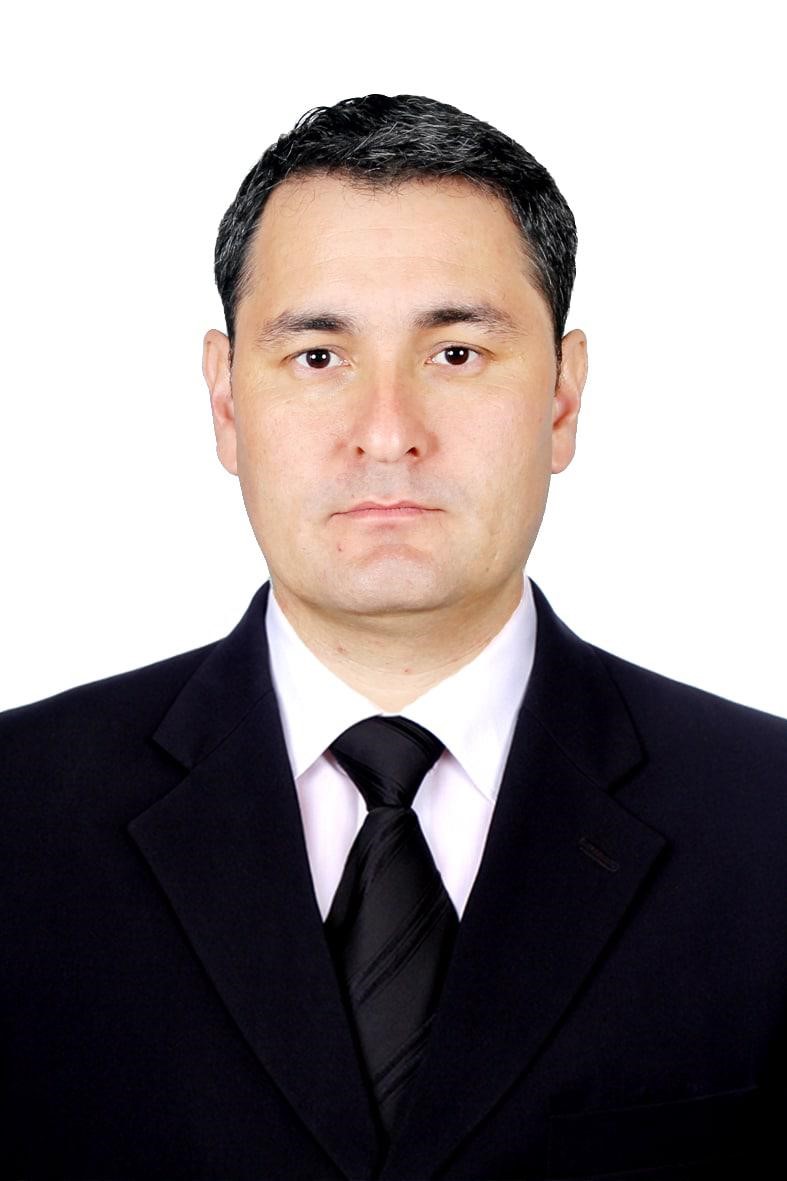 |
Madaminov Ruslan Ramanberdiyevich Senior Scientific Researcher, Department of Natural Sciences Doctor of philosophy on biological sciences (PhD) Tel: +998 97 451 13 06 e-mail: r.madaminov@yahoo.com |
|
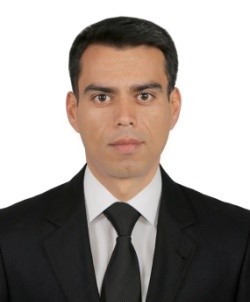 |
Xamraev Nurbek Ulug’bekovich Senior Scientific Researcher, Department of Natural Sciences Doctor of Philosophy in Biological Sciences (PhD) Phone: +998 97 364 50 30 e-mail: nurbek.hamraev@gmail.com |
|
|
|
||
 |
Jumaniyazov Farxod Kadamovich Senior Scientific Researcher, Department of Natural Sciences Doctor of Philosophy in Agricultural Sciences (PhD) Phone: +998 99 744 13 61 e-mail: farhod7020@mail.ru |
|
|
|
||
 |
Abduraximov Umorbek Kurbanbayevich Senior Scientific Researcher, Department of Natural Sciences Doctor of Philosophy in Agricultural Sciences (PhD) Phone: +998 99 946 61 32 e-mail: umaro.au@mail.ru |
|
 |
Rajabov Zakir Pulatovich Senior Scientific Researcher, Department of Natural Sciences Doctor of Philosophy in Agricultural Sciences (PhD) Phone: +998 97 457 44 54 e-mail: zakirshax@list.ru |
|
|
|
||
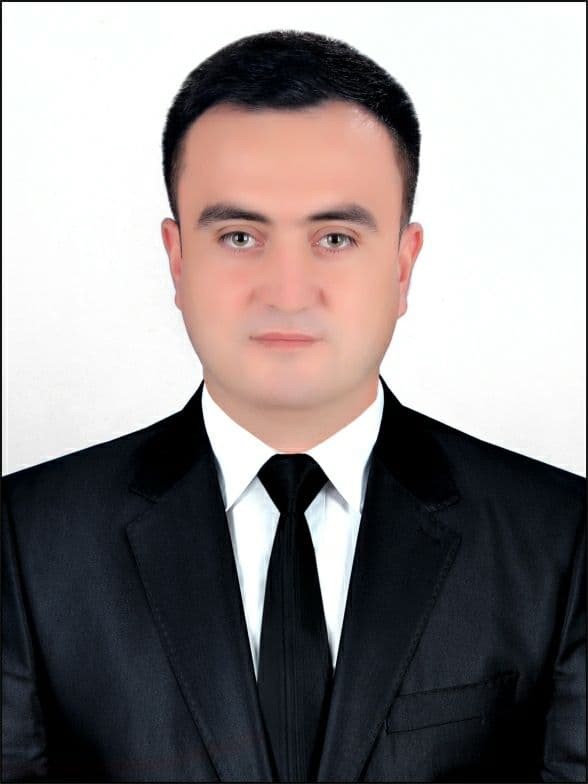 |
Doschanov Jalolbek Saparboyevich Senior Scientific Researcher, Department of Natural Sciences Doctor of Philosophy in Biological Sciences (PhD Phone: +998 91 275 10 08 e-mail: jalolbek_d@mail.ru |
|
|
|
||
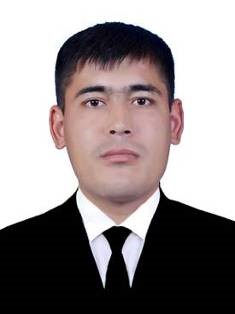 |
Otayev Odilbek Yuldashevich Junior Scientific Researcher, Department of Natural Sciences
Phone: +998 93 285 85 10 e-mail: |
|
|
|
||
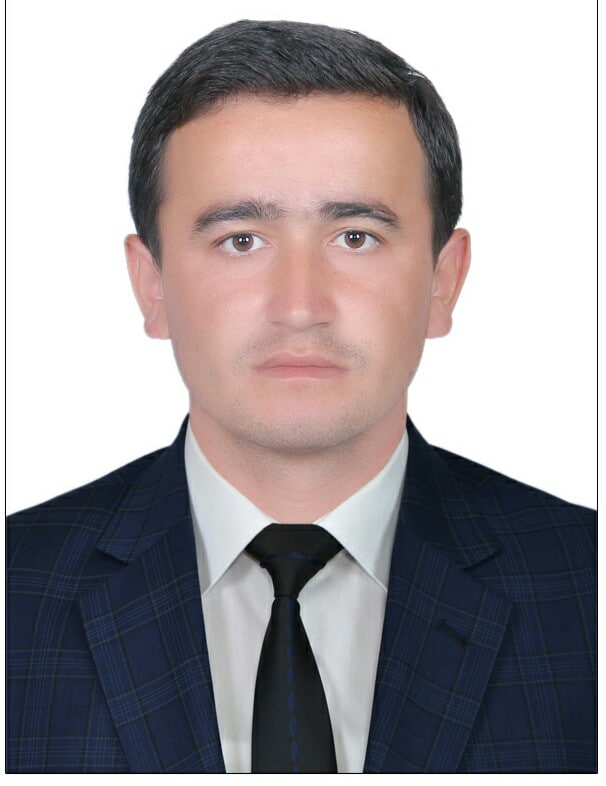 |
Xudayberganov Norbek Atabayevich Junior Scientific Researcher, Department of Natural Sciences
Phone: +998 91 428 06 88 E-mail: xudayberganov12@mail.ru |
|
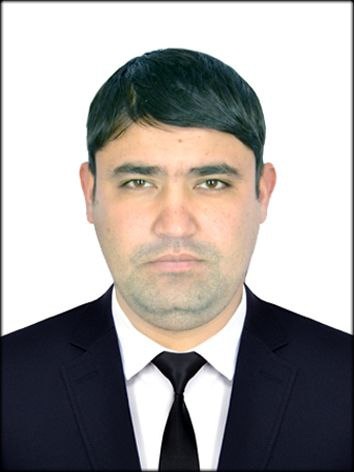 |
Abduraxmanov Dilmurod Arslonbekovich Junior Scientific Researcher, Department of Natural Sciences
Phone: +998 99 718 67 57 E-mail: dilmurod.94@mail.ru |
Natural sciences department includes doctorate, experimental base, plant gene pool (unique object), laboratories of the analysis of grain and grain products, Preventing the spread of termites and their control, and scientific projects concerning on biology, chemistry, medicine, agriculture, and soil science.
At present, there is one scientific project carried out in this department. One project supervisor (doctor of pharmaceutical sciences Sobirov R.S.), one leading scientific worker (doctor of chemical sciences Matchonov O.), five senior scientific workers (candidate of agricultural sciences Kadirov Sh, candidate of chemical sciences Hasanov Sh, candidate of geographical sciences Ruzmetov D, candidate of biological sciences Jumaniyazov A and Abdurakhimov U), nine junior scientific workers (Khamrayev N., Nurmetova F., Masharipova R., Jumaniyazov F., Akhmedova M., Rakhimova M., Djonibekova N., Ashirov M., Matmuratov B.) three doctorates – Madaminov R.R. (supervisor – doctor of biological sciences Usmanov R.M.), Doschanov J.S. (supervisor – doctor of biological sciences Baboyev S.K.) and Qushmetov Z.M. (supervisor – doctor of agricultural sciences Yormatova D.Yo), four laboratory assistants (Polvonov B., Masharipova R.,Abdurasulova M., Ismailova I.), as well as 6 workers and technicians work in this department.
Due to Sh. Yu. Kadirov's cifred code FA-A9-T110 Project growing in local conditions wheat's autumnal sorts 'Yaksart' and 'Dustlik' as a experiment sort 'Krasnadarskaya-99' as well as last years experimenting sort in the district 'Grom' are being investigated.
According to the experiment which was held on 10, October the avarage number of grain taken from one wheat stalks is 26-30. The average stalks number in 1m 2 is 545-588,the most fecund sorts were considered as 'Yaksart' and 'Dustlik' while the least fecund sortGrom and Krasnadarskaya -99. The avarage weight of 1000seeds is 37,5- 41,3g. , and according to weight Yaksart ranks first place (41,3.), Dustlik ranks in the second place(39,1g.) The avarage fertileness is 58,8-68,5 ts\ga, according to the highest grain fertileness Doustlik ranks first and yaksart ranks second place ( 67,1ts\ga ). The least fertileness number of grain was observed in sorts Krasnadarskaya-99 - 58,8 ts\ga and Grom -62,5 ts\ga.
Under the leadership of D. Akkujin ciphred code FA-A9T101 project are being carried out.
Based on the results of the project, scientific- experimental conferences were held in the republic.( For improving land reclamation using grain and herbs,2016 13-14 may).'Khurma' and Niyat named sorts of cotton plant were taken cotton seeds in the way ofn individual choice and family cotton picking and that seeds are planted in experimental fields of Khorezm Mamun Academy in 13-15 April in 2016. As well as "khurma " and " Niyat" sorts of cotton also L-86 with less leaves , 518 -family micrometer -4,0; 522- family microneyer- 4,3 and other valuable household signs are planted with other systems.
B.f.n. A.Jumaniyozov's ciphred code FA-A7-T103 project investigated trees in URSU area and Urgench streets as sample and determined trees grow fat stout during winter and the highest indication on 15.01, the avarage thickness of Biota orientalis endl to the main weight increases four times and become 33,600cm, on 29.02 it becomes 36,725cm, the increase is 3,125.
The least indication was observed on Fraxinus viridus Michx, on 15.01 main thickness on average 4 repetition was 32,375, on 29.02. it indicated 33,275cm the average increase was 0,900. It is observed that the increase of growing fat stout of other trees were from 1,05 to1,7. As winter had been warm, the generative buds of Ulmus Uzbekistanica Drob. became budding on 30 January.
Intensity of the growth of leaves to horizontal and vertical was investigated on07.05.2016. and it is observed that Papulus alba L. grew horizontally 6.5, vertically 6.5cm, the tree of Fraxinus viridis Michx grew 3,7;5.5, trees with less complicated leaves Sophora Japonica and Cyleditschiatra cantos L.0.4 and 1.3 accordingly their dimensions.
The most important features of investigating trees are transparency and grasping dusts. According to the results of observation as for providing air with moisture and intensity of transparency, Ulmus uzbekistanica Drob steams 6.1cm 2mg per hour, and cleans the air from dusts 0.067mg, and it is more dominant than the trees in the town.
Ciphred code YaA8-FA-T044 new scientists project are carrying out scientific exploration on creating identification passports of sorts of wheat which is grown in Khorezm district. There are mainly grown 7sorts of local and 8 sorts of foreign autumnal wheat. The amount and quality of local sorts of wheat can compete with foreign sorts. Among local sorts Yaksart, Yonbosh and Asr are differentiated with their quality. There is collected information in detail about local autumnal wheat which is grown in Khorezm the indications of biometric land and climate conditions, and its biochemical composition.
Scientific researchs of the world were investigated on the topic. Phenotype features of the sorts were compared. 10 of the autumnal sorts of wheat which are grown in Khorezm are qiltiqsiz, lyutestsens, the color of grain is red. While other sorts are considered qiltiqli and eritrospermumand the color of qiltiq is white. Some sorts of wheat are resistant to drought and saltiness. It is determined in phenological observations that Krasnadarskaya-99, Zvezda, and Chillaki are short and normally ripe, while Dustlik Yaksart, and Yonbosh are tall and early ripe.
Among15 autumnal sort of wheat which is grown in the district , 7 of them a are comparatively explored according to gluten protein. Among explored sorts of wheat , Yaksart , Dustlik , Yonbosh , Vostorg, and Krasnadarskaya are differentiated from other sorts accordingly highness of gluten protein. The sorts Yaksart, Dustlik, and Krasnadarskaya-99 are analysed basing on primary electro phoregramm results accordingly major and minor components of gliadin.
Within the scientific project “To grow medical plants in the conditions of Khorezm region and on the base of them to produce bioactive substances” with code PZ-2017092435, it is aimed to introduce 5 types of medical plants to the conditions of Khorezm region. In the first year of the project, medical plants are grown in the experimental base of the academy and initial samples were collected and the chemical analyses of them were begun. Here the main attention is given to determining biologically active substances of the group of flavonoids and to create the methods of extracting them.
